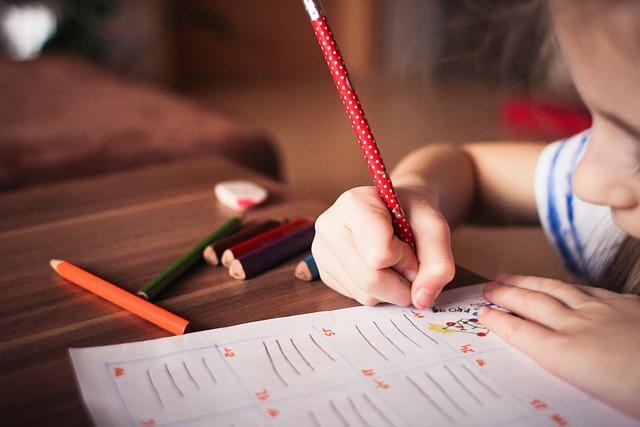The Politics of Education Access in Pakistan
The landscape of education access in Pakistan is heavily intertwined with the country’s political framework, socioeconomic structures, and cultural norms. Despite being rich in educational potential, barriers exist that hinder equitable access to quality education. This article delves deep into the politics of education access in Pakistan, exploring the challenges, benefits, and practical suggestions for improving this vital sector.
Understanding the Education Crisis in Pakistan
Pakistan currently carries the burden of a significant education crisis characterized by high dropout rates, inadequate infrastructure, and a shortage of qualified educators. With almost 60% of children aged 5-16 not receiving a quality education, political instability plays a pivotal role in perpetuating this crisis.
Key Factors Affecting Education Access
- Political Will: Government policies directly impact funding and resources allocated to education.
- Economic Disparities: Low-income families often struggle to provide education for their children, leading to high dropout rates.
- Gender Inequality: Cultural preferences often prioritize boys’ education over girls’, leading to significant gender gaps in education.
- Geographic Disparities: Educational institutions in rural areas are often underfunded compared to urban centers.
The Role of Government Policies
Government intervention in education policies is critical for facilitating access. The education sector is governed by various policies, yet the implementation remains inconsistent:
| Policy | Key Focus Area | Status |
|---|---|---|
| National Education Policy 2021 | Enhancing access and quality | In Progress |
| Girls Education Initiative | Promoting girls’ education | Partially Implemented |
| Technical and Vocational Training | Job-oriented education | Partially Implemented |
Case Studies: Successful Interventions
Despite the challenges, there are examples of successful interventions that have improved educational access:
1. The Educate Girls Program
This initiative focuses on empowering girls in rural areas of Pakistan through education, which has led to increased enrollment rates and improved performance in secondary schools.
2. The Allama Iqbal Open University
The university offers distance learning opportunities, making education accessible to those unable to attend traditional institutions due to geographic or economic constraints.
Benefits of Improving Education Access
- Economic Growth: A well-educated workforce contributes to economic development.
- Social Development: Education promotes political awareness and civic engagement.
- Health Improvements: Education correlates with better health outcomes, reducing poverty and disease prevalence.
Practical Tips for Enhancing Educational Access
Here are some actionable strategies that can help improve education access in Pakistan:
- Community Engagement: Encourage local communities to participate actively in school management and decision-making.
- Policy Advocacy: Stakeholders must advocate for effective policy implementation and funding for under-resourced areas.
- Utilizing Technology: Leverage online platforms to offer educational materials and courses to remote learners.
A Firsthand Experience: The Impact of Education Access
A personal account from a young woman named Fatima illustrates the significant impact of education access on individual lives:
“Before the local NGO introduced after-school programs in our village, many of my friends could not continue their education due to family obligations. Now, not only have I completed my secondary education, but several of my friends have also enrolled in college, inspiring our community as a whole!”
Conclusion
The politics of education access in Pakistan is a complex interplay of governmental policies, societal norms, and economic realities. Although the country faces significant challenges within its education sector, ongoing initiatives demonstrate hope and potential for reform. Through coordinated efforts among policymakers, local communities, and international organizations, equitable access to quality education can become a reality in Pakistan, paving the way for a brighter future for all.



